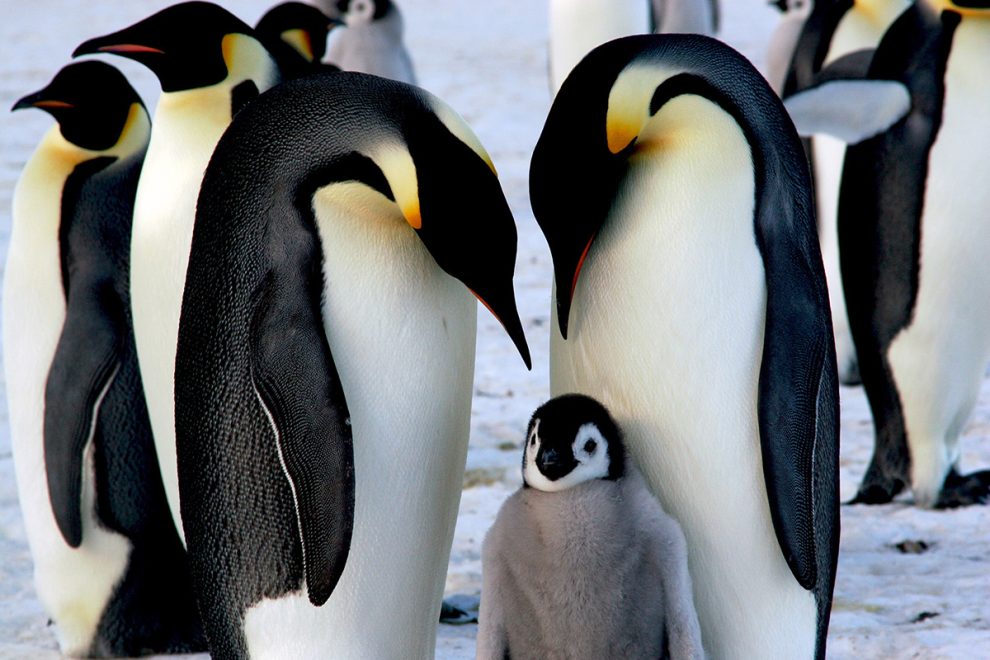Introduction
Penguins are among the most beloved and recognizable creatures on Earth. With their unique appearance, charming waddle, and remarkable adaptations to the cold, they have captured the hearts of people worldwide. In this blog, we will explore the fascinating world of penguins and uncover 20 intriguing facts about these charismatic birds.
- Antarctic Residents: Penguins are primarily found in the Southern Hemisphere, particularly in Antarctica, although some species inhabit other regions, including South America, South Africa, and New Zealand.
- Flightless Birds: Penguins are flightless birds, but they have evolved specialized wings modified into flippers that allow them to navigate through water with incredible agility and speed.
- Diverse Species: There are 18 recognized species of penguins, each with unique characteristics and adaptations. Some well-known species include the Emperor Penguin, King Penguin, Gentoo Penguin, and Adélie Penguin.
- Size Variations: Penguins exhibit a wide range of sizes, from the petite Little Blue Penguin, which stands around 13 inches (33 cm) tall, to the majestic Emperor Penguin, which can reach heights of up to 4 feet (1.2 meters).
- Tuxedo-Like Plumage: Penguins are famous for their distinctive black and white plumage, which resembles a tuxedo. This coloring provides camouflage from predators while swimming, with their black backs blending into the dark depths of the ocean and their white bellies blending in with the sunlight filtering through the water.
- Counter-Shading Adaptation: The black and white coloration of penguins serves another purpose beyond camouflage. It helps protect them from predators both above and below the water. Known as counter-shading, this adaptation makes it difficult for predators to distinguish the penguins’ shape and size.
- Excellent Swimmers: Penguins are exceptional swimmers, capable of reaching speeds of up to 22 miles per hour (35 kilometers per hour) in the water. They use their flippers and streamlined bodies to navigate the ocean depths in search of food.
- Unique Feeding Techniques: Penguins primarily feed on fish, krill, and squid. They employ various hunting techniques, such as porpoising (leaping in and out of the water), deep diving, and cooperative feeding in groups.
- Playful Nature: Penguins are known for their playful behavior both in and out of the water. They engage in sliding, tobogganing, and other activities that seem to bring them joy and social interaction.
- Monogamous Relationships: Penguins typically form monogamous pairs and exhibit strong fidelity to their partners. They often reunite each breeding season to mate and raise their young together.
- Meticulous Nest Builders: Penguins construct nests made of rocks, pebbles, and vegetation to protect their eggs and chicks from the cold ground. Emperor Penguins take nest-building to an extreme, incubating their eggs on their feet in the harsh Antarctic winter.
- Social Breeding Colonies: Penguins are highly social animals and often breed in large colonies, ranging from a few dozen individuals to hundreds of thousands. These colonies provide protection, heat conservation, and opportunities for mate selection.
- Adaptations to Cold: Penguins have numerous adaptations to survive in icy environments. They have thick layers of blubber for insulation, tightly packed feathers that trap air for additional insulation, and a specialized gland that secretes oil to waterproof their feathers.
- Unique Vocalizations: Penguins communicate with each other through an array of vocalizations, including braying, trumpeting, and a variety of calls. These vocalizations help them recognize their mates, locate their chicks, and maintain social bonds within the colony.
- Deep Diving Champions: Some penguin species are extraordinary divers, capable of descending to great depths in search of food. The Emperor Penguin holds the record for the deepest dive, reaching depths of over 1,800 feet (550 meters) and staying submerged for up to 22 minutes.
- Energy Conservation: Penguins are adept at conserving energy to survive in harsh conditions. They can lower their metabolic rate and temperature to conserve energy when food is scarce or during long periods of fasting.
- Parental Care: Penguins display remarkable parental care. After laying their eggs, the parents take turns incubating them, with one guarding the eggs while the other searches for food. Once the chicks hatch, both parents participate in feeding and protecting them until they are ready to fledge.
- Natural Predators: Penguins face threats from predators such as seals, sea lions, orcas, and sharks. They have developed strategies to avoid predation, including forming large groups while swimming and nesting in densely populated colonies.
- Environmental Challenges: Penguins are vulnerable to environmental changes, including climate change, habitat destruction, and pollution. Alterations in their food sources and the melting of sea ice pose significant challenges to their survival.
- Conservation Efforts: Various organizations and researchers are actively involved in penguin conservation efforts. These initiatives focus on protecting their habitats, monitoring populations, reducing pollution, and raising awareness about the importance of preserving these iconic species.
Conclusion
Penguins are truly remarkable creatures, embodying resilience, adaptability, and a sense of community. From their elegant appearance to their extraordinary behaviors, they continue to captivate us. As we strive to protect their fragile habitats and mitigate the effects of environmental changes, we ensure that future generations can marvel at the awe-inspiring presence of penguins in our world.




















Add Comment